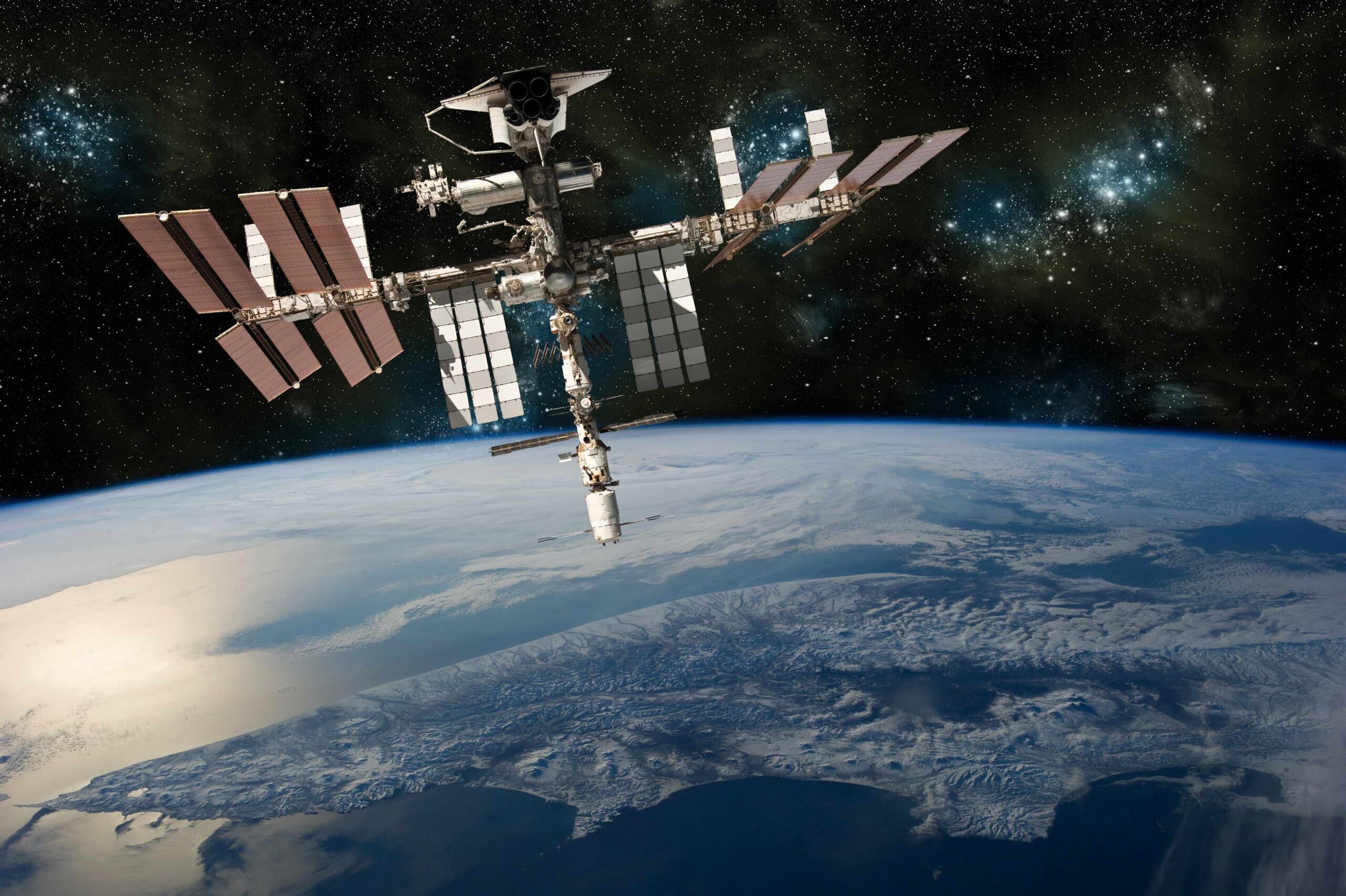Is there a secret to longevity? This health expert says 1,000% yes
In the era of social media, post-COVID, and with mental health at the forefront, a shift is taking […]

A significant milestone for India’s space program has been reached after the Union Cabinet approved bold space missions worth ₹31,772 crores (US$3,797,252.82), creating a strategic plan for the Indian Space Research Organisation (ISRO) that spans until 2040.
With this historic step, Prime Minister Narendra Modi has launched a number of programs, including as the Venus expedition, the Chandrayaan-4 mission, the upgraded Gaganyaan mission with the Bharatiya Antariksha Station, and the development of a new rocket called Soorya.
As stated by Dr S Somanath, the Chairman of ISRO, the recent approvals will propel India’s aspiration to secure a substantial place within the global space arena. India, he emphasised, must leverage space technology to enhance the everyday lives of its citizens, aligning with the Prime Minister’s vision for a developed nation by 2047.
He told NDTV, “At ISRO we will ensure that Prime Minister Narendra Modi’s promising planetary vision to rocket India to be a developed nation or Viksit Bharat by 2047 does not falter.”
The approved Chandrayaan-4 mission aims to refine and exhibit technologies necessary for returning to Earth post lunar landing, alongside conducting lunar sample collection for analysis on our planet. Targeted for completion over a span of 36 months with a budget of ₹2,104 crores, this mission lays the groundwork for an eventual Indian lunar landing projected for 2040.
The proposed Venus Orbiter Mission represents India’s first foray into the exploration of Venus, building on the successful Mars mission launched in 2013. This initiative, with a financial allocation of ₹1,236 crores and a launch set for March 2028, intends to deploy a spacecraft into orbit around Venus to study the planet’s surface, atmosphere, and the sun’s effects on it. Understanding Venus’s transformation from a potentially habitable world to its current state will provide valuable insights into planetary evolution, especially in comparison to Earth.
The cabinet further approved the establishment of the Bharatiya Antariksha Station, enhancing the Gaganyaan mission. This initiative envisages the development of the first module, BAS-1, and aims to validate various operational technologies through multiple missions. The total funding allocated for this extension of the Gaganyaan programme stands at ₹20,193 crores, with a target completion date set for December 2029.
Recognising the necessity for advanced launch capabilities, the approval for the Next Generation Launch Vehicle (NGLV), named ‘Soorya,’ marks another pivotal achievement. Designed to have three times the payload capacity of the existing Launch Vehicle Mark-3 at a more economical cost, Soorya will play a critical role in missions aimed at human landings on the Moon by 2040. A sum of ₹8,239 crores has been allocated towards its development, anticipated to be completed within 96 months.
Ihese strategic approvals showcase India’s relentless drive towards bolstering its space capabilities and securing a prominent role in global space exploration. With these initiatives, the nation is poised to not only advance its scientific knowledge but also to inspire future generations in the field of space research and technology.

In the era of social media, post-COVID, and with mental health at the forefront, a shift is taking […]

With its fast speeds and revolutionary potential, 5G stands out as a noteworthy milestone in the field of […]